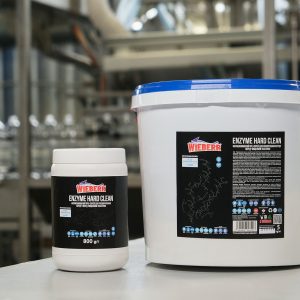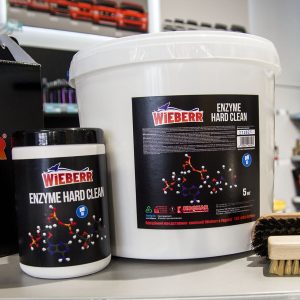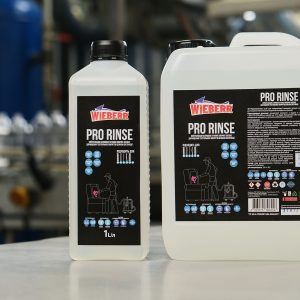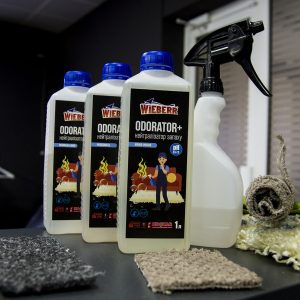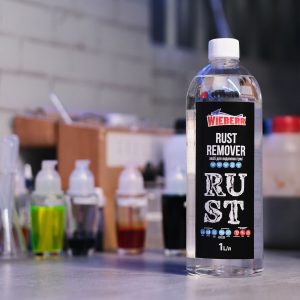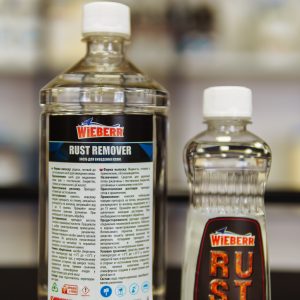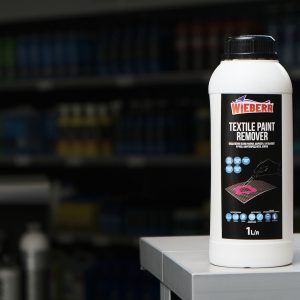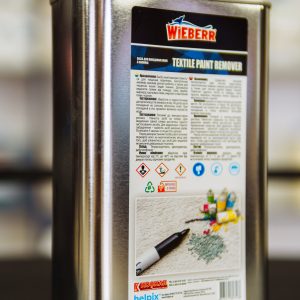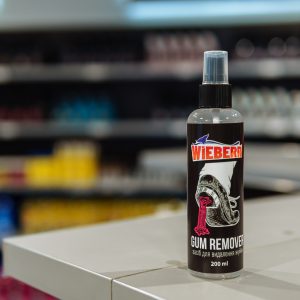Dry cleaning (abbreviation from chemical cleaning) is the process of removing impurities using chemical and mechanical effects on the product. Traditionally, the term is applied to cleaning processes of textile products and coatings.
Dry cleaning is a general term. In regulatory documentation, dry cleaning is divided into:
chemical cleaning: Complex of physico-chemical and mechanical processes and operations that ensure the removal of impurities from products in the environment of organic solvents.
aqua cleaning: A type of chemical cleaning, which is the treatment of products in aqueous solutions of special detergents and finishing agents.
Wikipedia defines this term as:
Dry cleaning (chemical cleaning), professional dry cleaning is a chemical process of cleaning textile products using organic solvents. The main purpose of dry cleaning is to remove dirt and stains that cannot be cleaned by ordinary washing.
Such a definition, of course, is not entirely correct from the point of view of GOSTs, but it quite correctly reflects the layman’s understanding of the term “Dry Cleaning”.
Dry cleaning of furniture, carpets and rugs
Previously, the concept of “dry cleaning” traditionally included dry cleaning companies that provided services for chemical cleaning of products.
Dry cleaning was carried out in organic solvents (gasoline, white spirit, later – in special, non-flammable chlorinated hydrocarbons). Chemical cleaning processes made it possible to clean dirt that did not wash well in water (taking into account the development of the chemistry of detergents of that period) and to clean products that did not tolerate getting wet (again, taking into account the development of chemistry and technologies of that period).
In the second half of the 20th century, the situation began to change rapidly. A fundamental change occurred in the field of detergent chemistry, various surfactants and auxiliary reagents began to be mass-produced, which made it possible to successfully remove contaminants that previously could only be effectively removed with organic solvents.
At the same time, the process of technology development and mass electrification took place. The overlapping processes of technical progress and its results led to the emergence of technologies and machines for aqua cleaning – precisely controlled washing. Such processes began to make it possible to clean most materials from a wide range of contaminants, to do it faster, cheaper and with less harm both to the environment and to the personnel of dry cleaning enterprises.
Since the emergence of dry cleaning as a service industry, it has become popular among the population. The list of dry cleaning services was constantly expanded due to the development by enterprises of related areas and processing technologies of certain types of products. There were services for minor repairs, painting, restoration of form, minor repairs, adding additional properties to the cleaned product – treatment with water-repellent or dirt-repellent coatings, antistatic agents, insecticides, impregnations that reduce wrinkling, and so on.
Included in the list of dry cleaning services are dry cleaning performed at the client’s home. To provide such services, the technique that works with the same organic solvents was initially used. However, as the technology of water cleaning developed, cleaning with solvents almost completely replaced cleaning with aqueous solutions and a class of equipment appeared, which is called cleaning vacuum cleaners in everyday life, and water extractors in the professional environment.
Today, mobile dry cleaning services using water cleaning technologies are widely used for dry cleaning of furniture, dry cleaning of carpets and dry cleaning of carpet coverings in commercial and public facilities, in everyday life and so on.
Dry cleaning of upholstered furniture and carpets on site, at the client’s premises
We can say that mobile dry cleaning has already become a separate industry with its own tasks of a technological nature. The chemistry for mobile dry cleaning must be significantly different from the chemistry of clothes used for water cleaning.
Furniture cleaners should be safe even if some minor residue remains on the fibers.
Stain removers must have a smell that allows work in residential premises.
Showing all 6 results

